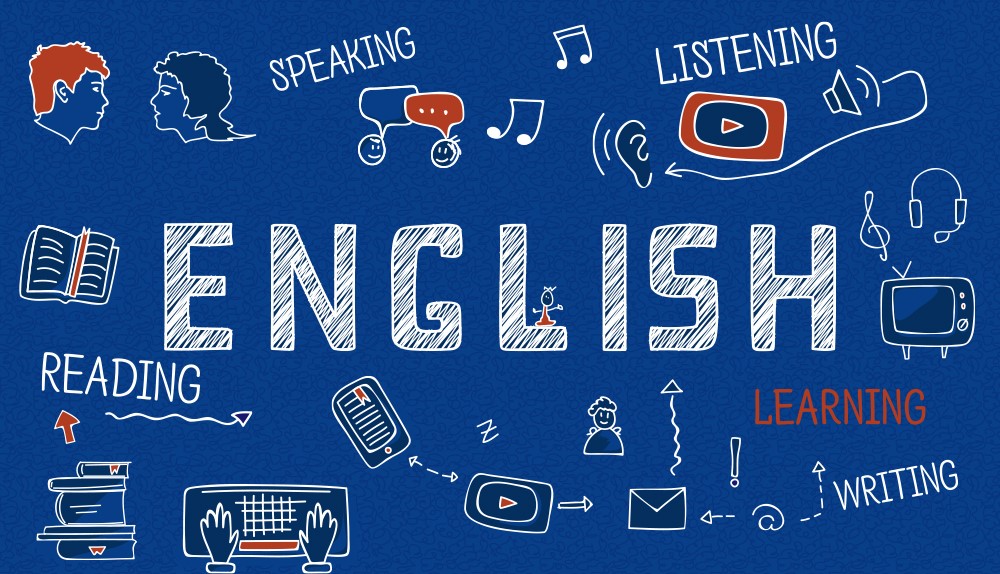Lights, Camera, English: Unlocking Language Learning through Movies
Discover the immersive world of learning English from movies. Explore how movie-based learning enhances language acquisition, boosts fluency, and makes language practice engaging and interactive. Turn your favorite films into powerful language learning tools.
Introduction
Learning a new language often involves textbooks, grammar exercises, and vocabulary drills. However, there’s a dynamic and engaging way to enhance your English language skills: learning from movies. By immersing yourself in the world of cinema, you can effectively develop your language proficiency while enjoying the magic of storytelling. In this article, we delve into the art of learning English from movies, exploring how cinematic resources can become your gateway to language immersion, improved fluency, and interactive language practice.
The Power of Visual Context
Movies offer a unique advantage when it comes to language learning: visual context. As you watch characters interact, experience different scenarios, and engage in conversations, you gain a deeper understanding of how words and phrases are used in real-life situations. Visual cues, facial expressions, and body language enhance your comprehension and help you grasp the nuances of English communication.
Enhancing Listening and Pronunciation
Listening is a fundamental aspect of language learning, and movies provide a diverse range of accents, dialects, and speech patterns. By exposing yourself to various voices and pronunciations, you improve your listening skills and develop a more authentic pronunciation. You can even mimic the way actors speak, helping you refine your articulation and sound more like a native speaker.
Expanding Vocabulary and Idioms
Movies introduce you to a rich tapestry of vocabulary and idiomatic expressions that extend beyond traditional language resources. You’ll encounter colloquial phrases, slang, and cultural references that reflect real-life language usage. By incorporating these new words and phrases into your own speech, you enrich your language repertoire and sound more natural in conversations.
Contextual Grammar Learning
Grammar rules come to life when observed within the context of conversations and narratives. Movies provide examples of sentence structures, verb tenses, and grammatical nuances that make learning more intuitive and practical. Instead of memorizing rules, you’ll internalize them by seeing how they function in everyday discourse.
Cultural Insights and Context
Language and culture are intertwined, and movies offer a window into the cultural aspects of English-speaking countries. You’ll gain insights into social norms, customs, and traditions as depicted on screen. Understanding cultural nuances enhances your ability to communicate effectively and sensitively with native speakers.
Interactive Learning Experience
Learning from movies isn’t a passive endeavor; it’s an interactive and engaging process. You can pause, rewind, and replay scenes to catch missed words or phrases. Subtitles provide additional support, allowing you to link spoken language with written text. You can even analyze dialogues, dissect character motivations, and discuss plot developments, fostering critical thinking and language exploration.
Tailoring Your Learning Experience
One of the benefits of learning English from movies is the flexibility to choose films that align with your interests and proficiency level. You can start with movies featuring simpler dialogues and gradually progress to more complex narratives. Whether you’re a fan of drama, comedy, or science fiction, you’ll find a treasure trove of language-learning opportunities within your favorite genre.
Practical Tips for Effective Learning
- Choose Subtitles Wisely: Opt for English subtitles to reinforce listening skills, or use subtitles in your native language for better comprehension.
- Repeat and Mimic: Replay scenes and mimic character speech to practice pronunciation and intonation.
- Note Taking: Jot down new vocabulary, phrases, or idioms and integrate them into your conversations.
- Discussion and Analysis: Engage in discussions or online forums to analyze movie dialogues, characters, and cultural themes.
Conclusion
Learning English from movies transforms language acquisition into an enjoyable and enriching journey. As you immerse yourself in the world of cinema, you enhance your listening skills, expand your vocabulary, and gain cultural insights. Movies provide a dynamic and interactive platform for language practice, allowing you to engage with the language in meaningful ways. So, the next time you watch a film, remember that you’re not just entertained—you’re also enhancing your English language skills, one frame at a time.











